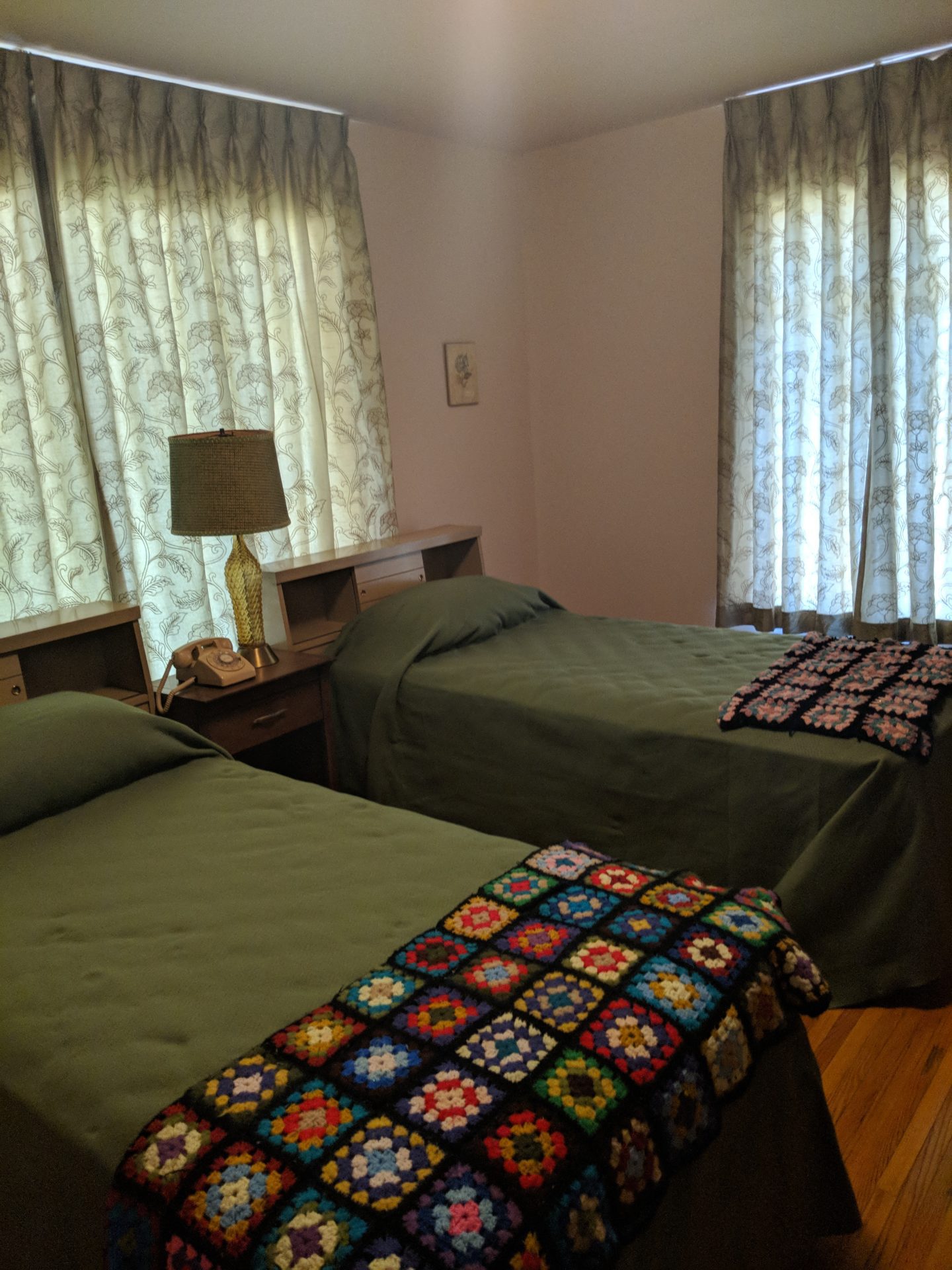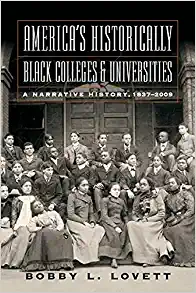
Daisy Gaston Bates never once looked like what she’d been through. At three, her mother had been murdered by a group of white men in Huttig, Arkansas, an act that both haunted her and drove her sense of justice. Abandoned by her father, she lived in the “foster” care of her mother Millie’s friends Orlee and Susie Smith. She adored Orlee who was fatherly and kind, but she endured a tumultuous relationship with Susie, who was said to have been abusive. She and her husband, L. C. Bates, were often the target of shootings, fire bombings, rock throwing, death threats and cross burnings on their front lawn, because of their newspaper work and involvement with the NAACP to integrate Little Rock schools with the Little Rock Nine. As she fought for the residents of rural Mitchellville (AR) to have fundamental conveniences like a water and sewage system, she looked stunning.
Who is Daisy Bates? Take a Tour of this Advocate and Tastemaker’s Midcentury Modern Home
Without question, Daisy Bates was the epitome of sartorial elegance, always presenting style and grace in the public eye. Magazines and newspapers often mentioned her “slim figure” and wardrobe in the same sentences they mentioned her courage and bravery.
But who she was outside her home was also who she was at home. The home she shared with her husband L.C. in Little Rock is a National Historic Landmark and maintained by the National Park Service. The Daisy Bates House was her showcase home but also the base of operations for the work she and L.C. performed in Little Rock and the central hub of activity for the Little Rock Nine. The June 4, 1959 issue of Jet magazine states the house was her “dream home,” which cost $30,000 ($305,976.29 today) newly built and had nine rooms. The couple entertained a host of people there, including Martin Luther King Jr. and Thurgood Marshall. Located at 1207 West 28th Street in Little Rock, the Bateses lived there for 32 years. .
Arkansas History Commission
Some furniture and furnishings belonged to the Bateses while others were added to take visitors to 1957, when the Little Rock Nine visited often for strategy sessions with local ministers and leaders. The decor is a nod to Mrs. Bates’ fondness for mid-century modern design, the design of the house.



The house is also a stop on the United States Civil Rights Trail. You can view a 360-degree virtual tour of the home from their site. And you can view pre-restoration photos here.
According to the NPS site: While privately owned, the house is open to the public. For more information and to schedule a tour, call (501) 375-1957.





















































































